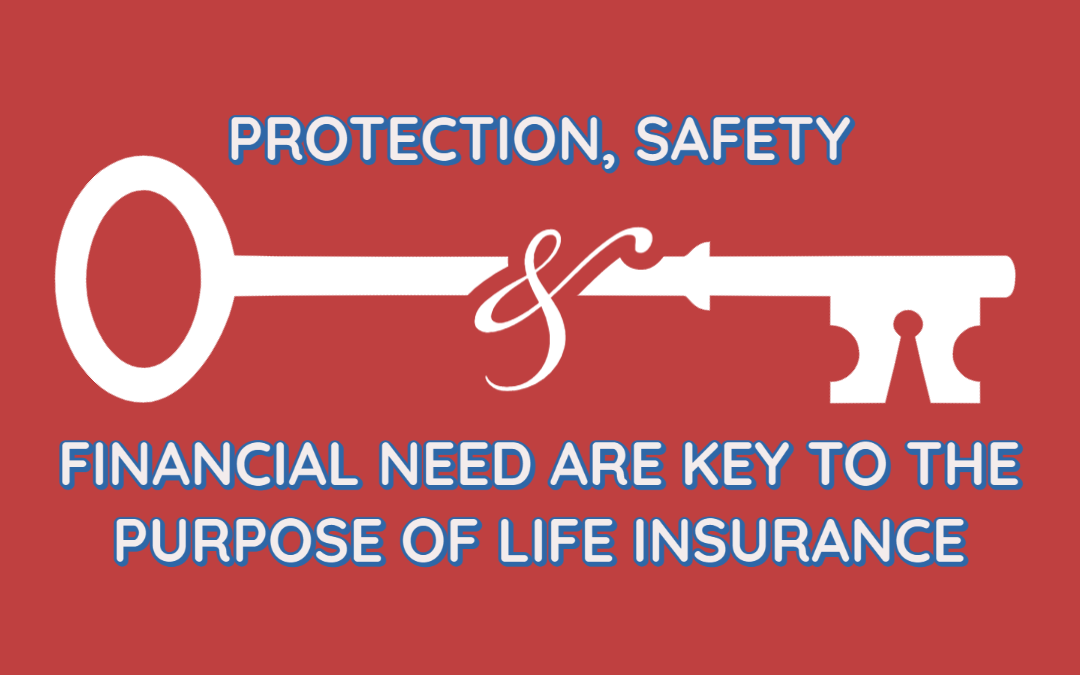Pacific Prime - The Facts
Table of ContentsThe Best Strategy To Use For Pacific PrimeThe Ultimate Guide To Pacific PrimeGetting My Pacific Prime To WorkGetting The Pacific Prime To WorkPacific Prime for Beginners

This is since the data were accumulated for a period of strong financial efficiency. Of the estimated 42 million people that were uninsured, just about about 420,000 (regarding 1 percent) were under 65 years of age, the age at which most Americans come to be qualified for Medicare; 32 million were grownups between ages 18 and 65, about 19 percent of all adults in this age team; and 10 million were children under 18 years of age, regarding 13.9 percent of all children (Mills, 2000).
These quotes of the variety of individuals without insurance are produced from the yearly March Supplement to the Existing Population Study (CPS), performed by the Demographics Bureau. Unless otherwise noted, nationwide quotes of individuals without health insurance policy and proportions of the population with various sort of coverage are based on the CPS, one of the most extensively utilized resource of price quotes of insurance protection and uninsurance prices.
The 10-Minute Rule for Pacific Prime

Still, the CPS is especially useful because it creates yearly quotes fairly swiftly, reporting the previous year's insurance protection approximates each September, and since it is the basis for a constant set of price quotes for even more than two decades, permitting analysis of trends in coverage over time. For these factors, in addition to the substantial usage of the CPS in various other studies of insurance policy protection that exist in this report, we rely on CPS price quotes, with restrictions noted.

The quote of the number of without insurance people broadens when a populace's insurance standing is tracked for several years. Over a three-year duration starting early in 1993, 72 million people, 29 description percent of the united state population, were without insurance coverage for a minimum of one month. Within a single year (1994 ), 53 million individuals experienced at the very least a month without coverage (Bennefield, 1998a)
Six out of every 10 uninsured grownups are themselves utilized. Although working does improve the likelihood that and one's relative will have insurance, it is not a warranty. Even members of family members with two full-time breadwinner have practically a one-in-ten opportunity of being uninsured (9.1 percent without insurance rate) (Hoffman and Pohl, 2000).
How Pacific Prime can Save You Time, Stress, and Money.
New immigrants account for a significant percentage of people without health and wellness insurance. One evaluation has actually attributed a significant part of the current development in the dimension of the united state uninsured population to immigrants who showed up in the nation in between 1994 and 1998 (Camarota and Edwards, 2000). Current immigrants (those that pertained to the USA within the previous four years) do have a high price of being without insurance (46 percent), but they and their youngsters account for just 6 percent of those without insurance policy nationally (Holahan et al., 2001).
The relationship between health and wellness insurance and access to care is well developed, as documented later on in this phase. The connection between health insurance and health outcomes is neither straight neither easy, a substantial medical and health solutions study literature links health insurance protection to enhanced access to care, better quality, and improved individual and populace health standing.
Degrees of analysis for checking out the impacts of uninsurance. It concentrates specifically on those without any type of health and wellness insurance for any type of size of time.
Everything about Pacific Prime
The issues faced by the underinsured are in some areas comparable to those dealt with by the uninsured, although they are normally much less severe. group insurance plans. Uninsurance and underinsurance, however, include distinctly various plan issues, and the methods for addressing them may vary. Throughout this research and the five reports to follow, the major emphasis gets on persons with no medical insurance and hence no aid in spending for health and wellness care beyond what is available through charity and safeguard establishments
Wellness insurance policy is an effective aspect impacting receipt of treatment because both individuals and physicians react to the out-of-pocket rate of solutions - https://href.li/?https://www.pacificprime.com/. Wellness insurance policy, nonetheless, is neither essential nor sufficient to access to clinical solutions. Nevertheless, the independent and direct impact of health insurance policy protection on access to health and wellness solutions is well established.
Others will get the health and wellness care they require even without medical insurance, by paying for it expense or seeking it from carriers who provide care free or at very subsidized prices. For still others, health and wellness insurance alone does not make certain receipt of treatment due to other nonfinancial barriers, such as an absence of healthcare carriers in their neighborhood, minimal access to transport, illiteracy, or etymological and cultural differences.
The Only Guide for Pacific Prime
Formal study about without insurance populations in the USA dates to the late 1920s and early 1930s when the Board on the Expense of Medical Treatment produced a series of reports about funding physician office sees and hospitalizations. This problem ended up being significant as the numbers of medically indigent climbed up throughout the Great Depression.